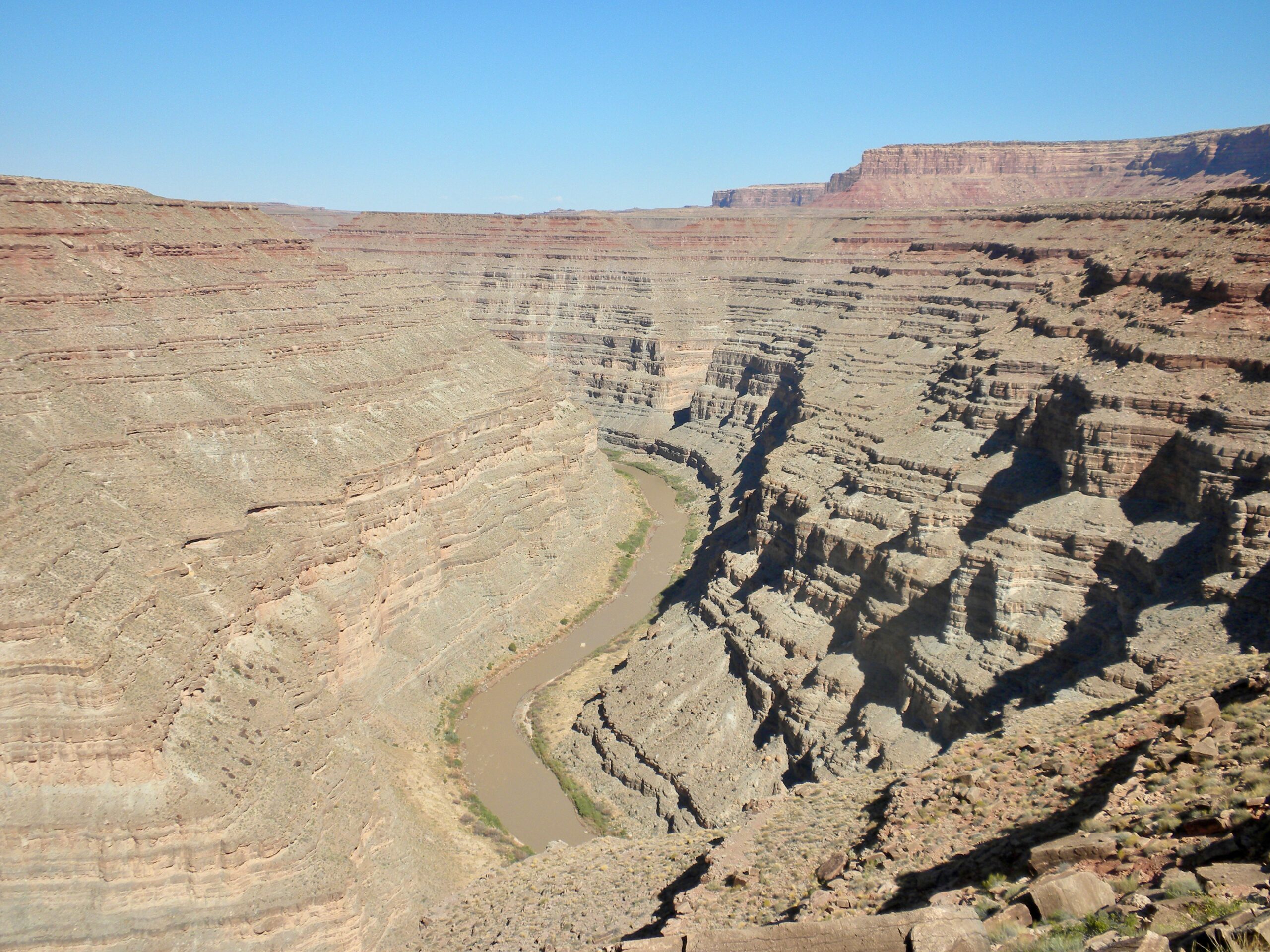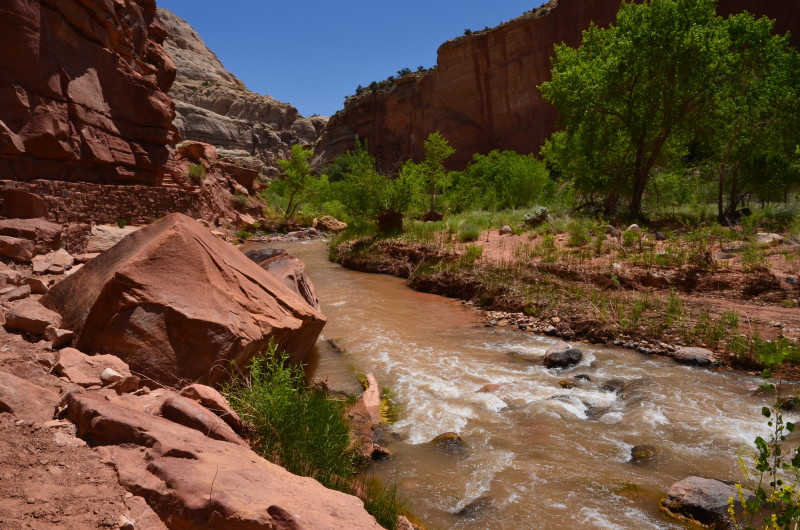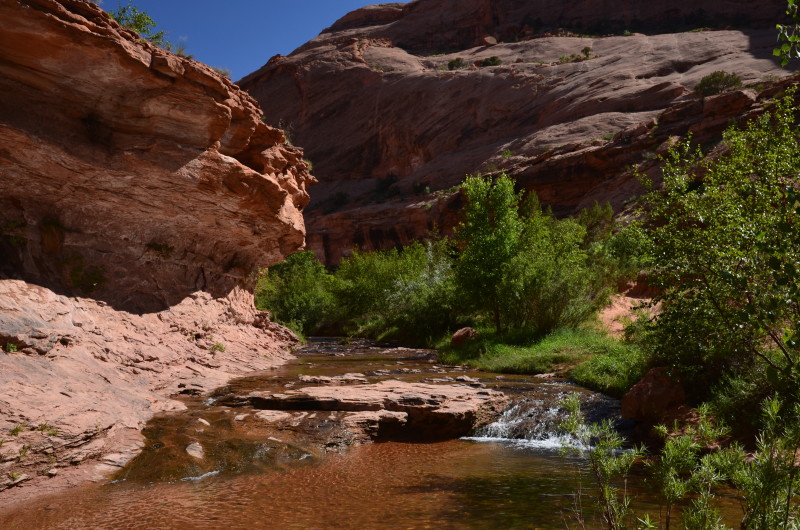
- August 16, 2022
- Traveler
- 0
Arches National Park has more than 2,000 arches within its boundaries, so there’s no doubt that this park is the pace to see these natural sandstone structures in all shapes and sizes. And while you certainly don’t want to miss the park’s iconic features like Delicate Arch or Landscape Arch, be sure to see these other spectacular—yet often-overlooked—arches.
Broken Arch
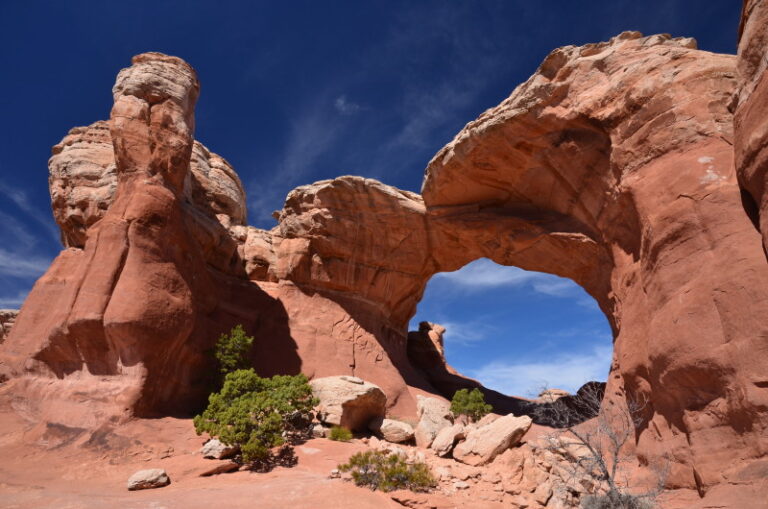
Tower Arch
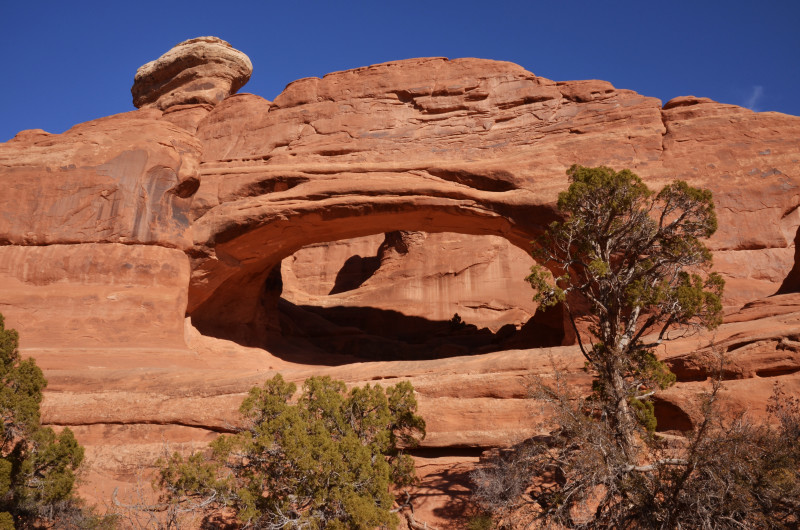
At 92 feet wide and 43 feet high, Tower Arch is the crown jewel of Klondike Bluffs and the reason most people venture out to this isolated district of the park. But don’t let the remoteness scare you—you’ll only have to drive on dusty gravel for about 8 miles, and most of the time the road is a cinch for regular vehicles. Follow the main park road for 16 miles to the turnoff for Salt Valley Road on the left. Take the unpaved road for about 7 miles and turn left at the junction marked “Klondike Bluffs.” Continue one mile to the small parking area for the Tower Arch trail. It’s a 1.7-mile hike each way. Be sure and stop at the visitor center to ask about Salt Valley Road, as the park sometimes closes the route due to hazardous conditions.
Skyline Arch

Maybe it’s because this arch is so clearly visible from the main park road that people tend to take it for granted. I can’t tell you how many times I drove right past this arch on my way to Devils Garden without stopping. It wasn’t until one day when I was on my way back from Klondike Bluffs that I got a spectacular view of Skyline Arch from the Salt Valley Road, and I realized…I need to go get a closer look at that arch. The arch currently measures about 70 feet wide, but it wasn’t always that big—in 1940 a chunk of sandstone fell from the arch, roughly doubling its size overnight. There’s a small pullout where you can park and hike the short .4-mile trail to the base of the arch.
Navajo Arch

Less than a half mile past Landscape Arch on the Devils Garden Trail, a spur trail on the left leads to two arches: Navajo and Partition. Many people blast right past this turnoff in a quest to get to Double O Arch at the end of the trail, but now you know better. Navajo Arch was named by former park superintendent Bates Wilson while building a trail. During a break, a Navajo worker wandered around the corner and came upon the arch, so Wilson named it in honor of the Navajo people. Because of its thickness, Navajo Arch shelters a shady cove, which can be an oasis during the hot summer months. In late afternoon, you can get a nice photo looking out from inside the arch, with the leaning juniper tree in the foreground.
Private Arch

A chemical engineer from the University of Utah visited this arch in the Devils Garden with his family for years before he realized that park staff didn’t even know about it. After he brought it to the park’s attention, they let him name it—and he chose the name because he felt like he had his own “private arch” for so many years. Most visitors miss out on seeing this arch in the Devils Garden because it’s reached via the Primitive Trail Loop. But you don’t need to hike the entire Primitive Trail to see it. From the Double O Arch-Primitive Loop Trail junction, follow the Primitive Trail for about half a mile to a signed spur trail on the right side of the trail. From here, it’s a quarter of a mile to Private Arch. You’ll get the best view of the arch by climbing up the adjacent sandstone fin.
Why should you explore lesser-known arches in Arches National Park?
They offer a quieter, more personal experience away from the crowds. Many are just as beautiful as the famous ones but often overlooked.
What’s special about Sand Dune Arch?
It’s hidden between tall sandstone fins and stays shaded, making it a great escape from the heat. The sandy floor also makes it fun for kids to explore.
Why is Skyline Arch considered under-rated?
It’s easily accessible with a short walk from the road, yet often missed by visitors. The arch is especially striking during sunset.
What makes Broken Arch worth a visit?
Despite its name, the arch is fully intact and offers great photo opportunities. The trail to it also passes through peaceful desert scenery.
How does Tower Arch stand out among lesser-known arches?
It requires a more rugged hike or 4WD road to reach, so fewer people go there. The arch itself is massive and sits in a dramatic, remote setting.



